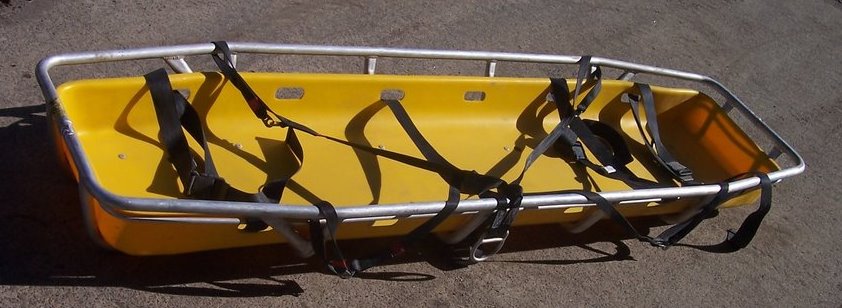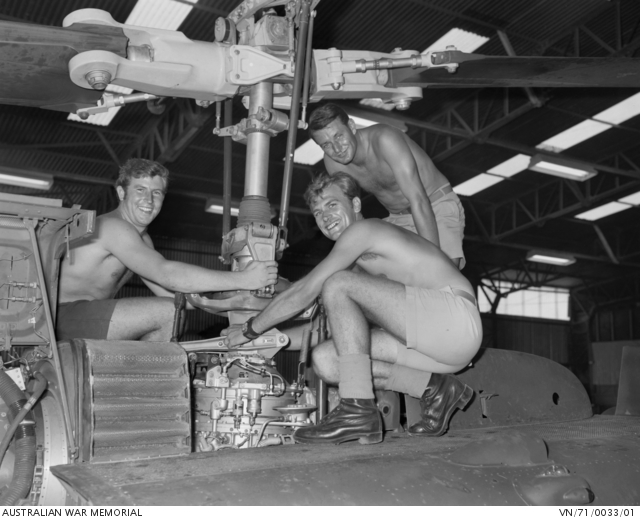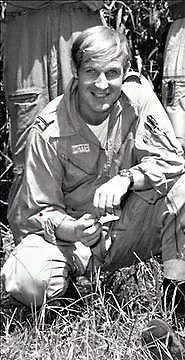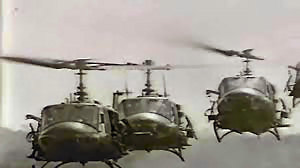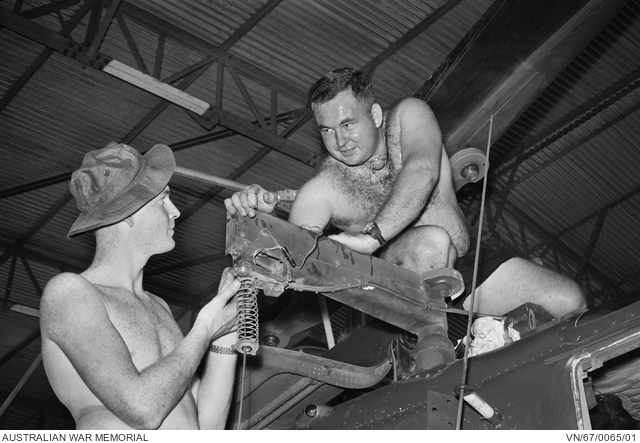|
|
||||||||||||||||||||||||||||||||||||||||||||||||||||||||
|
||||||||||||||||||||||||||||||||||||||||||||||||||||||||
|
Privacy Policy | Editorial Policy | Profit Policy | Join the Association | List of Members | Contact us | Index | Links |
||||||||||||||||||||||||||||||||||||||||||||||||||||||||
|
Back Go to page: 1 2 3 4 5 6 7 8 9 10 11 12 13 14 15 16 17 18 19 20 Forward |
||||||||||||||||||||||||||||||||||||||||||||||||||||||||
|
|
||||||||||||||||||||||||||||||||||||||||||||||||||||||||
|
My Story |
||||||||||||||||||||||||||||||||||||||||||||||||||||||||
|
|
||||||||||||||||||||||||||||||||||||||||||||||||||||||||
|
Ken Hey
|
||||||||||||||||||||||||||||||||||||||||||||||||||||||||
|
Brief history of 9 Squadron and aircraft maintenance in Vietnam.
The advance party of 9 Sqn arrived at Vung Tau, South Vietnam, on the 3rd May 1966, a month later, on the 6th June, 1966, eight UH-1B Iroquois aircraft, A2-1018, 1019, 1020, 1021, 1022, 1023, 1024 and 1025 arrived via HMAS Sydney. The immediate problems facing the maintenance flight were the organisation and availability of suitable spares, through the US Army and the preparation of temporary living and working quarters. Initially there were no hangar facilities and maintenance was carried out in tents or out on the hot dusty airfield. The temporary maintenance area was located where the aircraft revetments were finally established and the aircraft were parked on the PSP taxiway. The first SEngO of 9 Sqn in Vietnam was Flt Lt Keith Taylor.
Conditions were primitive and although morale was high, members suffered numerous privations. Meals were served from a mobile kitchen, mail services were poor and PX facilities inadequate. The supply of spares from the US Army was poor and the RAAF CHRS (Component History Recording System) was difficult to relate to the US Army historical records. The arduous Vietnam climate soon had a noticeable effect on maintenance, water and dust took a heavy toll on bearings, radios and engines. In October 1966, the squadron undertook aerial spray operations over Nui Dat, these operations were to continue for over 5 years.
The first aircraft destroyed was A2-1018, this aircraft was lost on the 18th October, 1966 some 12 miles NW of Vung Tau.
It was on a routine Army co-operation task named Operation Queanbeyan,
when it crashed in difficult terrain. On impact the Iroquois burst into
flames, burning slowly. On board was 200 lbs of TNT and detonators, four
crew members and two Army passengers. Gordon Buttriss, (Sgt
Gordon Buttriss was awarded the George Medal (GM) on 16 February 1967 for his heroic efforts.
A UH-1D aircraft, A2-041 (later renamed A2-085) was obtained as a replacement.
In November 1966, ACS completed work on a Bellman Hangar which made conditions far more conducive to aircraft maintenance and also that month the first reported damage to an aircraft occurred to A4-1021 when a friendly anti-personal mine was detonated by rotor wash. This hangar was shared half and half by 9Sqn and 35Sqn which operated the Caribou.
Sqn Ldr Clive Cotter assumed the duties of SEngO on the 27th March 1967. In April 1967, compressor failures of two L11 engines caused heavy damage to two aircraft. A2-1019 was written off and a replacement UH-1D (A2-1166 later renamed A2-649) was obtained. A2-1019 was later rebuilt by the maintenance crew.
In September 1967, A2-1023 and A2-1025 were both badly damaged by ground fire. A2-1025 received 7 hits and required 100 manhours of work. Revetments for the aircraft were completed in October 1967 and an aerial spray rig was manufactured by the Sqn in November 1967 and was successfully used until July 1971.
The airframe and paint shop huts were constructed during June 1967. Aircraft A2-1024 made a heavy landing in June 1967 and was partially rebuilt using parts from A2-1019 before bing shiopped back to 2AD for further repair. The Kanga Pad refuel facility at Nui Dat became operational in June 1967.
During Jan, Feb and March in 1968, RAAF maintenance personnel attended L13 engine courses at various US Army establishments in preparation for the receipt of the larger UH-1H Iroquois. The first of these aircraft were received by the Sqn in March 1968 and numbered eight aircraft in serial numbers A2-376 through to A2-383. The B models were then progressively returned to Australia and 5 Sqn.
Sqn Ldr Ron Tucker became the SEngO on the 25th March 1968. On the 23rd March 1968 Vung Tau base was subjected to a heavy rocket attack and although Sqn equipment and aircraft were not damaged, a US Caribou was destroyed some 50 yards from the 9/35 Sqn hangar.
|
||||||||||||||||||||||||||||||||||||||||||||||||||||||||
|
|
||||||||||||||||||||||||||||||||||||||||||||||||||||||||
|
During Sept 1968, a further eight UH-1H aircraft were accepted by 9Sqn, numbering A2-766 through to A2-773. In Sept 1968, A2-769 suffered Cat 4 damage after an engine failure, the aircraft was subsequently rebuilt at a local US Army maintenance facility.
In Feb 1969, a maintenance team supported the operation of 3 aircraft out of long Binh. A2-772 was built up s the first operational gunship during March 1969. Sqn Ldr Donald Tidd became the SEngO on the 18th March 1969 and the gunships became operational on the 21st April later that year. During Oct 1969 the Sqn lost 2 aircraft, A2-769 and A2-381 on operations. Several hydraulic failures attributed to the irreversible valve seal failure occurring during Jan 1970. Two aircraft, A2-379 and A2-376 suffered battle damage as a result of mine detonations, A2-376 later had 32 holes patched.
Flt Lt Keith Taylor took over as SEngO on the 7th March 1970, A2-770 received two rounds of ground fire on 26 March 1970. E Servicings were removed from 9 Sqn Iroquois in April 1970. On 4th May 1970, A2-110 auto-rotated onto mudflats just north of the Vung Tau airfield after engine failure, the aircraft was almost completely immersed in salt water and fortunately extracted by “Chinook” before nightfall. On the 9th May 1970, 16 aircraft were flown in formation over Vung Tau and Nui Dat to celebrate 4 years in country.
In June 1970, three aircraft suffered battle damage. A2-768 received 18
rounds and required 5 days of repair work. A2-377 was hit in a fuel tank
and A2-382 force landed on the beach near the Long Hais after being hit.
The aircraft could not be retrieved before nightfall and during the
A2-768 crashed in July 1970 and was written off. LAC Duncan McNair (right) subsequently died from injuries received in the incident. Duncan was an Armourer and was a crewman on A2-768 and was seriously injured when his aircraft crashed and ignited during operations. He was airlifted to 3 Field Hospital in Saigon but died 17 days later. His body was returned to Australia and was buried in the Springvale (Vic) Botanical Cemetery. Albatross 01 crashed and burned during operations on 03 July 1970. All 4 crew were recovered and hospitalized suffering from severe burns and shock. The Crewman was subsequently transferred to Saigon when his condition deteriorated. His wife was flown up from Australia and he subsequently died on 20 July 1970.
|
||||||||||||||||||||||||||||||||||||||||||||||||||||||||
|
He who dies with the most toys is nonetheless dead.
|
||||||||||||||||||||||||||||||||||||||||||||||||||||||||
|
Replacement aircraft A2-703 and A2-723 were collected from Pleiku. A fourth gunship was put on line on the 31st July 1970. Special ground handling wheels were manufactured to enable movement of gunships with rocket pods fitted.
A 5ft 6in snake defied ingenious attempts using air, hot water and finally CO2 to be forced from the hell hole of A2-110 (See HERE). The snake finally escaped into the hangar and was eventually killed using a shovel. The snake was “delicious” in Dau’s (foreman labourer) words.
Aircraft were modified in Nov 1970 to carry Stokes Litters on the underside of aircraft. Air transportable cabins were received in Nov 1970 for use with the FSP at Nui Dat. Flt Lt Elliot Weller took over as SEngO on the 30th Nov 1970
In Dec 1970, A2-773 received ground fire whilst operating in support of 7RAR some 5 miles east of Xuyen Moc. Damage to fuel, instrument and electrical systems resulted in the aircraft being extracted by Chinook. In the same operation A2-377 received one hit which resulted in skin repairs and a main rotor change.
During a “D” service on A2-771, the laminated honeycomb centre work deck was found to be badly deteriorated, the item is a structural member and in the US Army, is replaced at a Depot level facility. The deck was replaced within 9 Sqn. The replacement involved jigging of the aircraft and metal workers, led by Sgt Jim Vanderkyl, expended many manhours on intricate, tedious repairs. The re-alignment of the engine is particularly note-worthy, three engine fitters, led by Sgt Spike Bicker, worked continuously fo rover 20 hours.
Feb 1970 was a bad month for engine failures, three aircraft made forced landings. Two aircraft, A2-773 and A2-110 (both gunships) made hovering auto on Kanga Pad after compressor failures.
A2-1210 settled very heavily and a heavy landing inspection revealed bent skids and a broken fifth mount in addition to the engine change. The working party, directed by Sgts Rob Oliver and Spike Bicker, commenced work at 11.00am and the aircraft was test flown and returned to Vung Tau by nightfall. A2-376 made an auto onto a paddy field about a mile from Sanford after engine failure. The aircraft was recovered by Chinook to Vung Tau where the cause was finally diagnosed as a fuel control unit (FCU) failure.
March – Apr 1971 was perhaps the most difficult period for the maintenance flight since 9 Sqn commenced operations in Vietnam. Battle damage, combined with a spate of tail boom failures led to some extraordinary efforts by maintenance personnel.
L-R: lan John Collett, (sumpie), Ern van Gilst, (framie), Ross Tarrant, (framie).
Some people worked on occasion all day, through the night and part of the next day. That these members were able to maintain such intensive work and high standards of maintenance reflects creditably on the individuals but also on the training and standards of RAAF maintenance personnel generally. WOff Bruce Harris was outstanding during this period in maintaining morale and directing hangar activities. At 1900 hours on one particular evening seven aircraft, with varying degrees of battle damage and tail boom failure, were being worked on in the hangar, six of those aircraft were serviceable by 0730 the following morning.
During this period, 9 aircraft received battle damage, gunship A2-383 received 16 rounds of ground fire and caused severe damage to its skin, structural components, flooring and windows.
On the morning of the 20 March 1971, 9 Sqn was required to carry out a “Sniffer” flight which proved to be a routine task with few readings. The “Sniffer” was an electronic personnel detection device, developed by General Electric for the US Army Chemical Corps and was mounted in the helicopters. It detected effluents unique to humans such as those found in urine and sweat. Early in the afternoon of 20 March, after the completion of the Sniffer flight, two Bushranger aircraft, Bushranger 71 and Bushranger 72, (with B73 and B74 in reserve) were called to support 8 Platoon C Coy, 3RAR, which had run into a bit of trouble to the north of Xuan Moc, Phuoc Tuy. A patrol was engaged by enemy in bunkers, with small arms RPG (Rocket Propelled Grenades) and hand grenades mortally wounding the Platoon Commander and seriously wounding the Machine Gunner. The remainder of the patrol was forced to withdraw with another seriously wounded soldier and called in the Light Fire Team but on arrival the aircraft could not engage effectively because the patrol was unable to mark the target having run out of smoke grenades and were in very close proximity to the enemy.
The enemy were entrenched close to an escarpment on the northern side and only about 30 meters from the Australian platoon's position which meant the aircraft had to fly low and close to the enemy’s position. Such was the terrain that, after each pass, the Bushranger had to break right to escape. Whilst that happened, it was covered by the other Bushranger. On one pass with Ron Betts flying, the aircraft broke right, the turn being so tight that it experienced retreating blade stall. Recovering from this manoeuvre, the aircraft had to return to Nui Dat to rea-arm and re-fuel. The Bushranger attempted to drop more smoke grenades. It came to the hover over the patrol when it was hit some 47 times by small arms fire just 50 feet above the patrol. One or more bullets hit the co pilot Ron Betts, mortally wounding him and forcing the aircraft to land at Fire Support Patrol Base Beth, where he died; the first RAAF pilot to die in Vietnam.
Eventually the patrol was joined by the 3RAR Assault Pioneer Platoon mounted in Armoured Personnel Carriers and a troop of tanks which forced the enemy to withdraw, The bunker system (20 bunkers) which had been occupied by elements of D445 Battalion Headquarters and one of its Recce Platoons was subsequently destroyed by a tank dozer.
A2-110 which was holed in windows, flooring and skin returned to Vung Tau and went into a D service. On the 31st March 1971, three aircraft were severely damaged in an action some 8 miles east of Nui Dat. A2-767, whilst on a “Dust-Off” received ground fire in its main rotor, fuel tanks and engine combustion chamber. Alan Bloxsom, a crewie, was killed in this action. He received ground fire and was evacuated to hospital where he died from wounds. A2-110 was severely damaged when a round carried away more than half of the LH fuselage tail boom attachment beam and required Chinook recovery from Nui Dat. The repair of this damage involved much work by metal workers in designing and manufacturing a spliced structural repair. The team were led by Sgt Stan Moss. A2-773 was also hit in this action in the tail boom and support structure.
On the 17th April, 1971, A2-767 crashed and was completely destroyed in a subsequent fire after being hit by ground file whilst on a “Dust-Off” mission in the Long Hais. A2-149 and A2-772 received minor battle damage. The loss of A2-767n strained maintenance resources in meeting the daily on-line requirements of 13 aircraft.
A notable feat for the maintenance flight was achieved during May 1971 when nil engine changes were carried out. On the 7th June A2-723 crashed whilst on Operation Overland and Flt Lt Everitt “Lofty” Lance and LAC David Dubber were killed in this incident. The Squadron was providing Gunship, ammunition resupply and casevac support for Bravo Company, 3RAR and 1 Armoured Regiment Centurion tanks who were engaged in an enemy bunker system. During an ammunition resupply, Albatross 06 crashed into trees killing Everitt Lance and David Dubber while the Co-pilot and Crewman were injured. Casevac was attempted but had to be aborted due to intense enemy fire. Under continuous fire from Bushrangers and US Army Gunships, Bravo Company was resupplied with ammunition and the aircrew casualties were evacuated. The Bushrangers were continuously involved engaging the enemy throughout the day and other Squadron aircraft evacuated 25 wounded and injured, all but 3 being battle casualties.
During Operational Overlord, the Sqn flew all 15 aircraft on strength operationally on the 5th June. On the 6th June, 15 aircraft were again serviceable. A forward servicing party, led by Sgt Kev O’Neill operated at Fire Support Base (FSB) Jane. The Sqn established a record serviceability of 90.4%. Replacement aircraft A2-455 was collected at Heli 3 in Saigon.
In July 1971, A2-915 was collected as a replacement aircraft from Tuy Hoa. A2-455 had a tail boom severed by ground fire and A2-772 had a fuel tank holed by friendly fire.
In October the Sqn achieved a record serviceability of 90.7% and the first scheduled engine change was made in country on A2-766, the engine having run maximum TBO hours of 1030 hours. Sixteen aircraft were flown in formation on 9th November 1971, to mark the departure of 9 Sqn from Vietnam.
Records show that seven aircraft were destroyed during the 5½ years of service of 9 Sqn in Vietnam. There were 23 recorded incidents of aircraft receiving ground fire, more than half of these occurred in the period Nov 1970 to Nov 1971. A total of 250 D servicings and 22 E servicings were performed in country. The 50,000th hour was flown in country on the 8th March 1971 by Albatross 01, the crew being Plt Off Graham Christian pilot and Flg Off Robert Redman Co-Pilot.
Generally, the opportunity of serving with 9 Sqn in Vietnam has provided maintenance personnel with very worthwhile experience of activities in a wartime environment. Maintenance personnel have generally given outstanding performance in maintaining aircraft to high standards of serviceability I difficult and demanding conditions, the efforts really validate the standard of training given to maintenance personnel and reflect creditably on the overall standards. Airmen and NCOs have shown great resourcefulness and ingenuity in developing modifications for local conditions and repair schemes for battle damage.
An EngO finds himself in technical isolation as he does not have ready access to HQSC technical information, research laboratories or aircraft depots. He learns very early in a tour the need to accept final responsibility for local mods and repair schemes. The assistance of local Lycoming and Bell Helicopter representatives has been of value in this regard. The ability of members to work hard under difficult conditions and live in relative harmony reflects creditably on the moral fibre of the RAAF.
The working conditions for 9 Sqn were always difficult. In the early stages the conditions were most primitive with tents as living and working quarters. Through “Self-help” the Sqn personnel gradually built up a reasonable level of living and working conditions. The notion of self-help has been most noticeable and effective whether it has been directed to construction of an engine repair section or in the improvement of one’s small domain in a living quarter. Air conditioners were essential for the servicing of aircraft instrument and radio components. Three air transportable air-conditioned cabins were of inestimable value in this regard.
9 Sqn was logistically supported for aircraft spares by the US Army. Generally the quantity of spares available was satisfactory, in fact during the period 1970 – 71, the supply was outstanding although this could also be attributed to the ingenuity of the 9 Sqn equipment staff in obtaining the spares. The quantity of spares was another story, they were consistently of a poor standard particularly for radios, engines and airframe and armament components and led to many petty unserviceabilities and, at times, more serious failures of engine fuel systems.
L-R: Neil Moffat (framie), Alf Fellowes (elec)
The effect was to force 9Sqn to increase the personnel establishment and to obtain ground support equipment (GSE) and test equipment so that these items could be either checked or serviced to ensure freedom from fault. The underlying reason for the different standards of serviceability is simple, the US Army will perhaps put half aircraft strength on line daily whereas 9 Sqn had to get 88% serviceability to meet the 1st Australian Task Force (1 ATF) tasks. 9 Sqn demanded therefore a far greater degree of aircraft and component reliability.
Morale was normally good amongst the troops. Certainly they consumed vast quantities of alcohol and some made frequent visits to the pleasure spots in Vung Tau, but generally no major problems occurred. R&R and R&C leave was beneficial and some consideration ought to be given to the ideal of six month tours on future occasions as in the last few months of a tour, members seem to become dis-associated from the task at hand. Morale was not helped by the requirement for technical personnel to do guard duty, they already had duty crew, forward servicing party and stand-by duty. The RAAF should have a sufficient defence establishment in an operational area without resorting to taking maintenance personnel for defence duty.
|
||||||||||||||||||||||||||||||||||||||||||||||||||||||||
|
I’m going to stay up on New Year’s Eve this year. Not to see this New Year in, but to make sure this one leaves.
|
||||||||||||||||||||||||||||||||||||||||||||||||||||||||
|
Some 9 Squadron Statistics.
|
||||||||||||||||||||||||||||||||||||||||||||||||||||||||
|
||||||||||||||||||||||||||||||||||||||||||||||||||||||||
|
If I had known back in March 2020 that it would be my last time in a restaurant for a long time, I would have ordered desert.
|
||||||||||||||||||||||||||||||||||||||||||||||||||||||||
|
|
||||||||||||||||||||||||||||||||||||||||||||||||||||||||
|
Back Go to page: 1 2 3 4 5 6 7 8 9 10 11 12 13 14 15 16 17 18 19 20 Forward |
||||||||||||||||||||||||||||||||||||||||||||||||||||||||


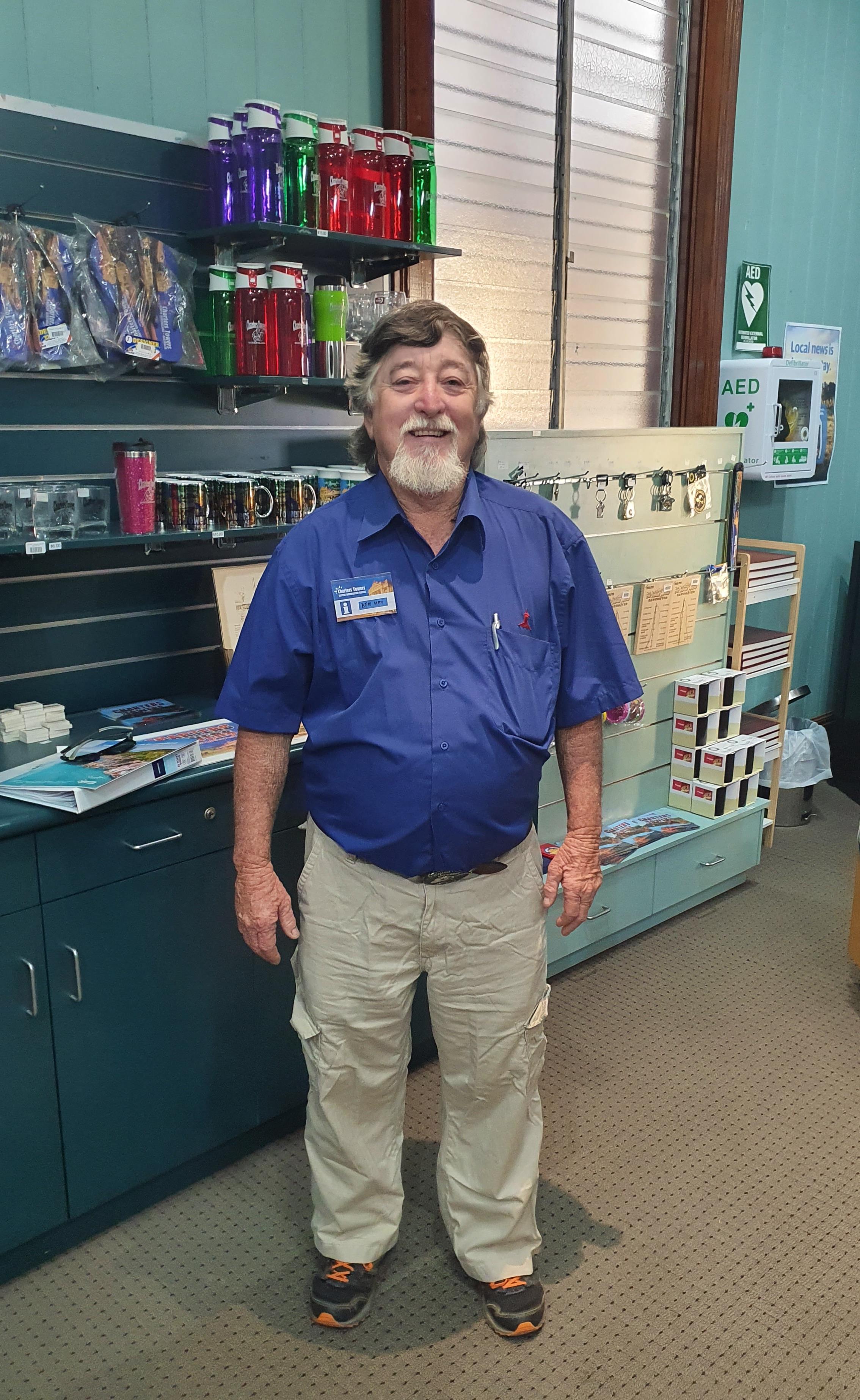
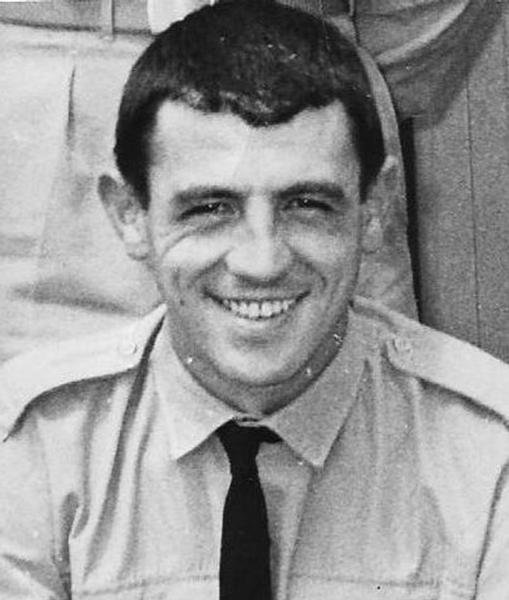 night an incoming tide broke portions of the aircraft. The damage was
finally categorized at Cat 5 because the corrosion which developed after
the salt water immersion and the aircraft was returned to 5 Sqn as a
training aid. The 40,000 hour in country was flown on the 28th
June 1970, The Forward Servicing Party was established at Nui Dat in
June 1970.
night an incoming tide broke portions of the aircraft. The damage was
finally categorized at Cat 5 because the corrosion which developed after
the salt water immersion and the aircraft was returned to 5 Sqn as a
training aid. The 40,000 hour in country was flown on the 28th
June 1970, The Forward Servicing Party was established at Nui Dat in
June 1970.